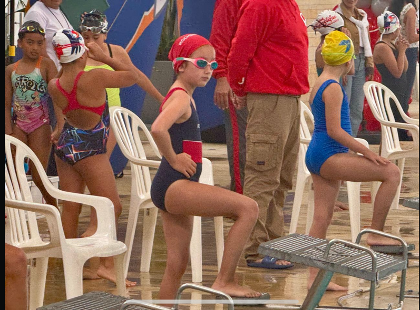The Chemistry of Love and Chocolate – Chemistry Class – High School
- Juan Camilo Cortés Arbelaez
- 1 mar 2022
- 2 Min. de lectura
For celebrating Valentine’s Day in our chemistry classes we carry out a special activity about the chemistry of love and chocolate! There are a lot of chemicals racing around your brain and body when you’re falling in love, as well as when you’re engaged in a long-term commitment. We learned how the chemicals in the chocolate can increase dopamine levels in our body, which results in the activation of the reward center in the brain, so we feel happy.
Did you know chocolate begins to melt at a temperature lower than the temperature of the human body? That’s why when you put some in your mouth it begins to melt.
Our challenge was to Investigate how melting chocolate changes its structure and affects properties like taste, texture, and melting point!
We had a great time in the lab measuring the melting and crystallization curves of the chocolate, we learned about the different types of crystals in cocoa butter that melt at different temperatures and why this characteristic is important for the quality of the chocolate.
Ana María Campos Chemistry Teacher-High School
Resumen: Celebrando el día de San Valentín en nuestras clases de química, realizamos una actividad especial sobre la química del amor y el chocolate. Hay una gran cantidad de sustancias químicas circulando por tu cerebro y tu cuerpo cuando te enamoras, así como cuando tienes un compromiso a largo plazo. Aprendimos sobre esos compuestos químicos y por qué al comer chocolate nos sentimos tan felices.
¿Sabías que el chocolate comienza a fundirse a una temperatura más baja que la temperatura del cuerpo humano? Es por eso que cuando te pones un poco en la boca comienza a derretirse.
Nuestro desafío fue investigar cómo la forma de fundir y cristalizar cambia la estructura del chocolate y afecta propiedades como su sabor, la textura y el punto de fusión. Nos divertimos en el laboratorio midiendo las curvas de fusión y cristalización del chocolate, aprendimos sobre los diferentes tipos de cristales en las grasas del cacao que se derriten a diferentes temperaturas y por qué esta característica es importante para la calidad del chocolate.




Comentarios